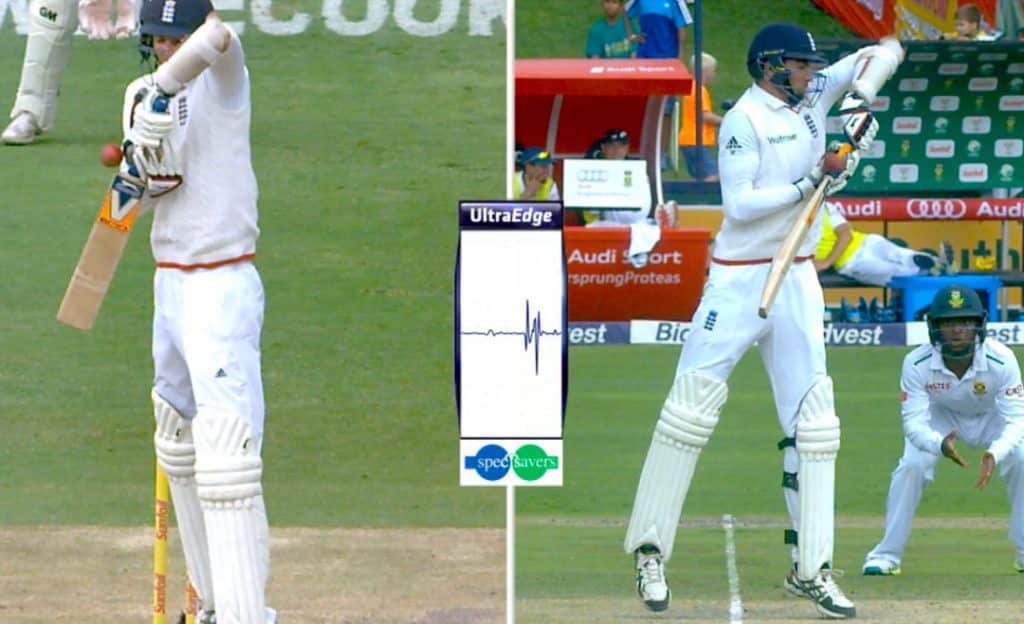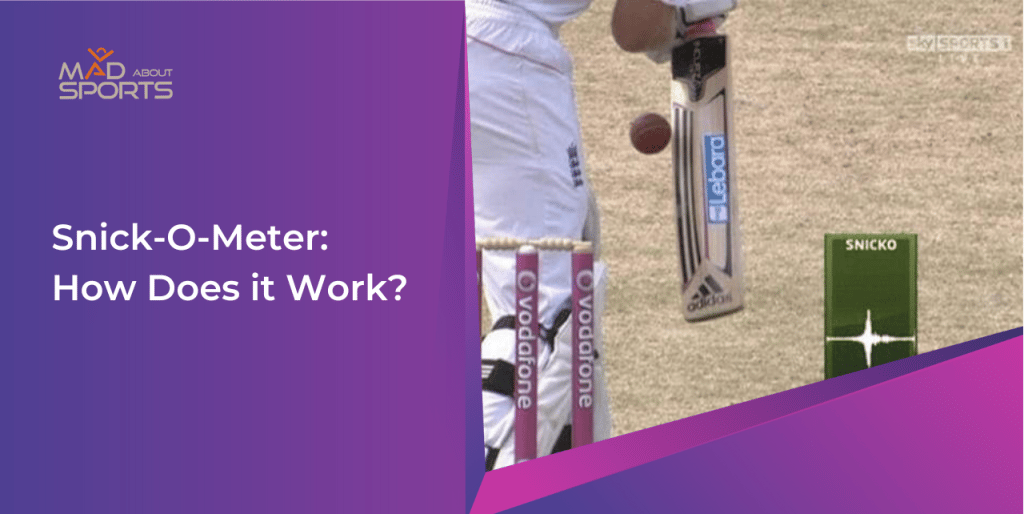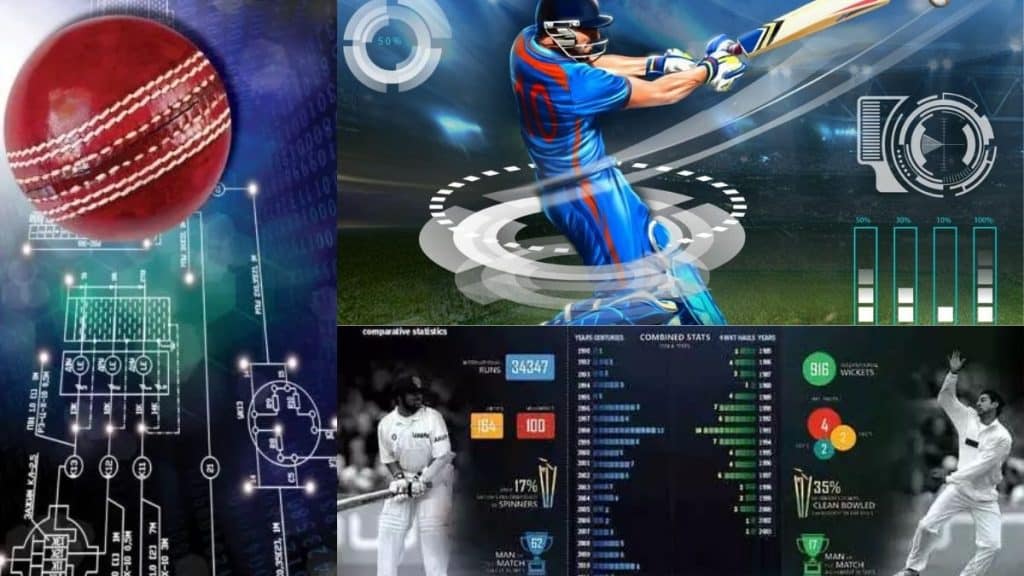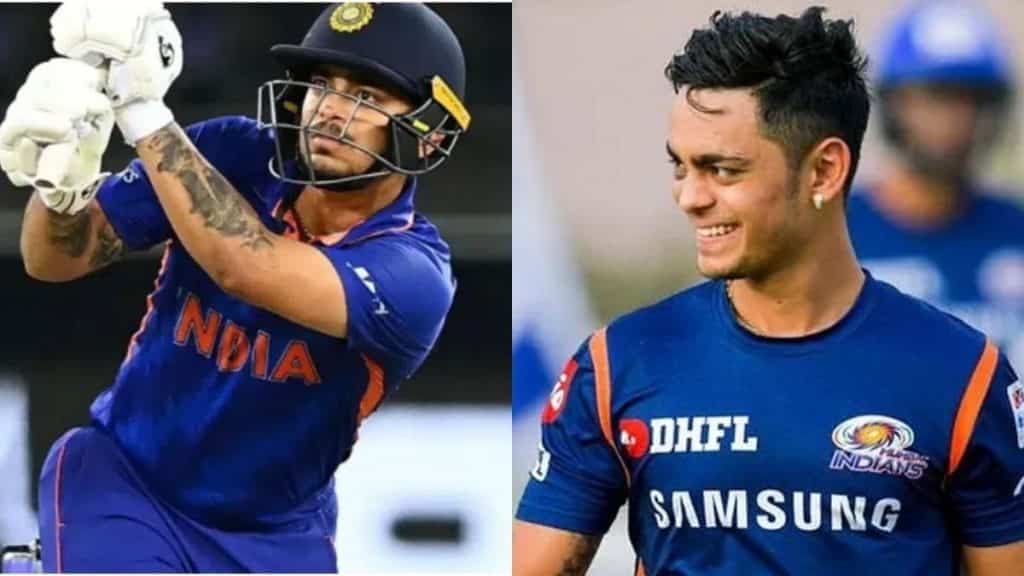Technological advancements are taking place around us every day.
From shopping to education, everything is being influenced and developed for the better with the use of technology.
The world of sports is no different, as there are various tools and advancements that are currently influencing sports and making it more interesting and engaging for the audience.
Cricket is no different as there are various technologies being used in cricket to make the game more interesting and fun for the audience.
In this blog, I’m going to cover one such technology – Snick-o-meter & explain how it works?
How does the Snick-o-meter work?
The Snick-o-meter was invented in the 1990s by Allan Plaskett and helps in the graphical representation of sounds to help make better decisions in the game of Cricket.
The Snickometer is a device attached to the wicket and detects sound frequencies.
It is designed to be able to detect frequencies which occur when there is contact between the ball with the bat or any part of the player’s body.
Using amplification and frequency cancellation it is able to detect and amplify these signals and filter out other unnecessary noise(such as crowd, wind, or batsman foot movement).
The frequency after being detected by the microphone is transferred to the oscilloscope.
Now you might be wondering what an oscilloscope is?
An Oscilloscope is a device which is used to analyse and convert electric signals
into a graphical form with respect to time.
When it comes to the snickometer, the oscilloscope does the same task by capturing the input signals coming from the microphone near the stumps and then converting it to a graphical format.
The desired frequency is then filtered with the help of a Resonance filter.
A Resonance filter helps in filtering signals and frequencies based on the given input also known as the cutoff frequency.
The frequency is then plotted on a graph as sound waves which is exactly the same graph which you see on your screens whenever a review is sent to the third umpire.
This Graph allows the Third Umpire to see any spike in frequency which would only result if there is contact made between the ball and the bat.
The Snickometer is still used today and you probably know it by the name of Ultra-Edge.
Ultra-edge is an advanced version of the Snickometer, that uses both audio and visuals available to make an accurate decision.

Conclusion
Ultra Edge helps in making the game of cricket more credible and fair and allows for a better judgement of wickets.
However, no technology is 100% accurate and Ultra Edge has had its flaws, where the decision shown by the technology wasn’t accurate.
Snickometer or the Ultraedge is a widely appreciated and accepted technology in Cricket.
I hope through this article you have had a clear understanding of what is snick-o-meter and how it works.
So the next time you are watching a cricket match with your friends don’t shy away from bragging about it.
Frequently Asked Questions
1. What is Snickometer?
The snickometer detects sound frequencies and filters unwanted frequencies while amplifying the desired frequencies which is used to determine whether there was a contact between the bat and the ball.
2. What is Ultra Edge?
Ultra Edge is an upgraded version of the snickometer that has been approved to be used in international cricket. Ultra Edge helps determine any contact between the bat and the ball using sound frequencies.
3. Who invented Ultra Edge?
Ultra Edge is a modified version of the snickometer which was developed in 1990 by a British Computer Scientist called Allan Plaskett. The technology helps in edge detection by analysing various frequencies.
4. Has Technology improved Cricket?
Technology has changed the world around us and is continuing to do so, many sports including cricket have adapted technology to help make better decisions in the game and to analyse the best course of action for any particular team in the sport.




